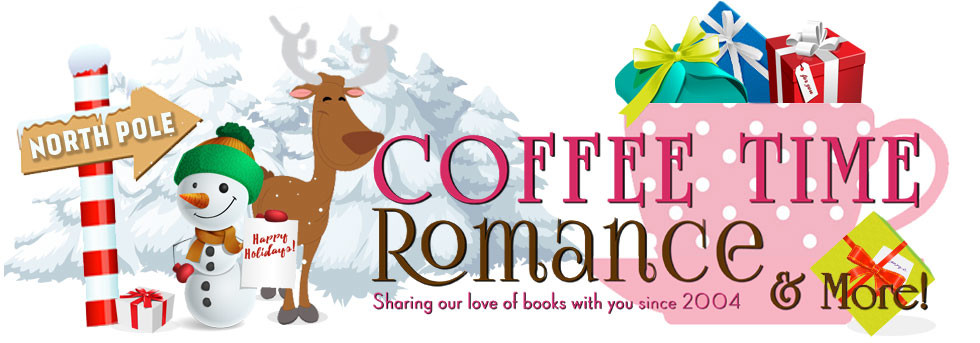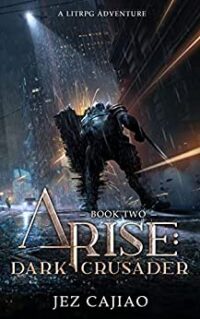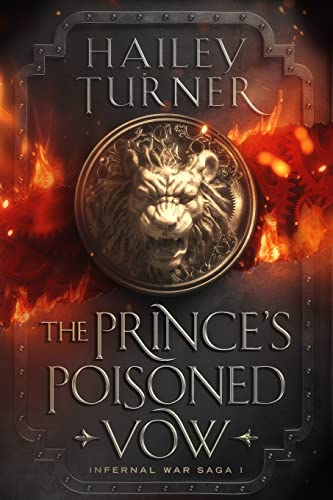Steampunk Romance and the Question of Serials
 In April 2014, Dear Author presented a review of The Kraken King Part I-IV by Meljean Brook. What’s unique about The Kraken King is that it’s being initially released in a serialized format (the first installment came out April 15, 2014).
In April 2014, Dear Author presented a review of The Kraken King Part I-IV by Meljean Brook. What’s unique about The Kraken King is that it’s being initially released in a serialized format (the first installment came out April 15, 2014).
Unexpectedly, a saga unfolded.
Meljean Brook has a significant following among romance readers. And in the romance genre, serialized stories are few and faaaaar between. Hence, The Kraken King’s new look caught many readers by surprise.
The comments made in response to the Dear Author review included a number of strong opinions against serialized stories. The anti-serial sentiment may have only reflected a minority of readers, but they were quite vocal in the discussion thread. Reasons cited included outright dislike of the format, difficulty delaying gratification, fear of their trust being misplaced, and concerns about price.
They objected so strenuously, in fact, that The Vacuous Minx explored the issue in Length and form in genre storytelling: The Kraken King and other experiments:
“But the vast majority of comments on the review were negative about the book, the format, the idea of serials more generally, and even toward Meljean. That took me aback, especially the author-directed criticisms, since if anyone has earned the right to experiment with story forms because of past performance, it’s this author…
…As readers we’re frequently bemoaning the lack of innovation and the prevalence of same-old, same-old in the genre, and I’m definitely one of the complainers. So when something new comes along, I’m going to give it a shot. Innovation isn’t free, and it isn’t a sure thing.”
Meljean Brook, in turn, drew back the curtain to reveal her reasons for going the serial route in Interview & Giveaway with Meljean Brook (also at Dear Author). In sum, the main reasons were
*personal interest in the format
*being able to release the book faster
*a marketing strategy for helping to raise the visibility of steampunk/steampunk romance (e.g., readers might be more willing to take a risk on lower-priced installments than a trade paperback book)
*a test of the current viability of the steampunk romance market (seems like Ms. Brook’s experience and concerns echoes that of Cindy Spencer Pape’s, which I blogged about here in Steampunk Romance, Where Are You?).
The many responses to Ms. Brook’s post were positive and also quite revealing about the fact that steampunk romance is still such an incredibly young genre. As commenter SonomaLass put it (21:57:39), real success for steampunk romance will require a “critical mass of good books….”
The “critical mass” factor bears repeated emphasizing. The viability of steampunk romance doesn’t rest on the shoulders of a single author, no matter how well-known or beloved (especially since some readers may be reading a series like The Iron Seas because Meljean Brook wrote it, not because they’re especially interested in steampunk romance).
Despite the privilege of a print-first series like The Iron Seas, it’s not enough. This isn’t a case where a rising tide will lift all boats, especially when one takes into account the print and digital divide (e.g., would a serialized, digital-first steampunk romance by a lesser-known author be invited aboard a popular romance blog?). Readers need more than one or two mainstream print titles to develop informed consent about the genre. Unfortunately, those are also few and far between.
Across the board, individual authors of steampunk romance are free to write whatever length and format excites them in all of the mediums available. The point is for all interested authors to experiment and try out various approaches, whether a series like Beth Ciotta’s The Glorious Victorious Darcys and Zoe Archer and Nico Rosso’s The Ether Chronicles, standalone books like Leslie Dicken’s The Iron Heart, anthologies such as Steampowered: Lesbian Steampunk Stories, or interactive tales like Sharon Lynn Fisher’s A Heart For Copper (SilkWords). There’s also potential for more steampunk romance in comics, films, and television shows.
It’s together, not individually, that authors and their books will make or break a new genre like steampunk romance. All stories make a contribution to the genre’s visibility. While readers will certainly have and be entitled to their individual preferences, when it comes to building steampunk romance, all books have equal value. It’s a collective effort, and every effort deserves applause.
About the author
Heather Massey is a lifelong fan of science fiction romance. She searches for sci-fi romance adventures aboard her blog, The Galaxy Express. She’s also an author in the subgenre. To learn more about her published work, visit heathermassey.com.











I read Meljean Brook’s interview and found it very helpful to see serials from the author’s POV. I am one of the readers who hates to wait for the conclusion of the story, but I have been reading The Kraken King weekly and have found this story to be ideal for the serial concept. Now I am eagerly anticipating my next weekly installment! The Iron Duke is the novel that introduced me to the steampunk genre and I hope she continues more stories in this world. The trip with Zenobia and Ariq has been a lot of fun.
>to see serials from the author’s POV.
Especially the part where she mentions the heroine’s occupation–sort of an echo effect–life imitates art imitates life or something like that!
I’m not entirely convinced readers would have minded very much if the book released in its entirety in the fall. Romance readers are more used to waiting than not. Yet digital technology enables authors and publishers to be more creative, so there’s also the element of “why not try something new?” And as with new things, there are sometimes growing pains. 🙂
I read book 1. It was good. I’m really looking forward to read the rest. It was my first steampunk and I know I’m going to enjoy the genre.
Thanks for this post. 🙂
Thanks for your input, and happy reading!